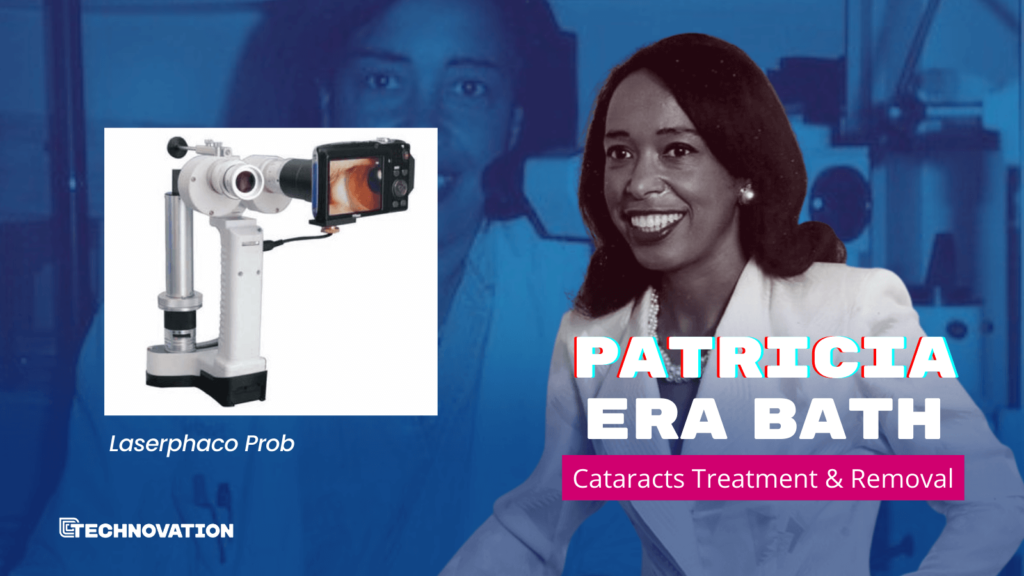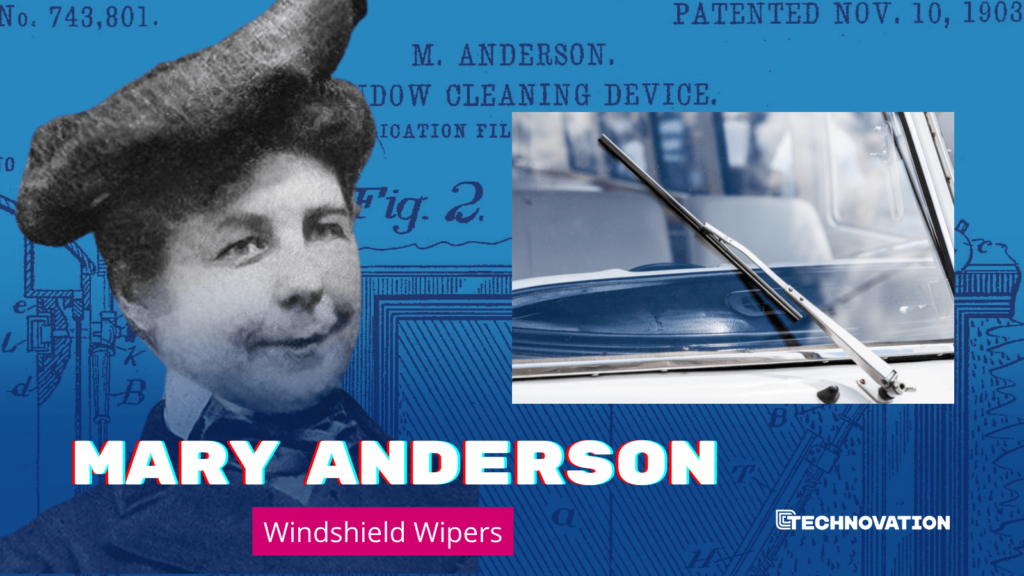June 23 is International Women in Engineering Day! At Technovation, we love to champion the women engineers of tomorrow, but what do you know about the women who’ve already made engineering history? Women have always been essential to innovation and technological advancement—let’s take a look at where we’d be without five influential women engineers…

Hedy Lamarr & Frequency Hopping
Hedy Lamarr was born in Austria in 1914. In 1937, after fleeing a possessive marriage, she moved to Hollywood. She appeared in her first English movie in 1938 and went on to star in Hollywood classics.
Behind the scenes though, this Hollywood star had a passion for inventing. During World War II, in collaboration with composer George Antheil, she invented frequency-hopping. This technique allowed communication devices to send information across multiple frequencies, switching frequencies randomly. This helped reduce the risk of detection or jamming of torpedo signals by enemy forces. This technique has since become the basis for today’s WiFi, GPS, and Bluetooth technologies. Hedy was a very popular Austrian-American actress and starred in several movies in the 1950s. Her film career has often overshadowed her contributions to STEM, but in recent years, thankfully more attention has been paid to her innovative work as well.

Grace Hopper & COBOL
Grace Hopper, also known as the grandmother of computer programming, received her master’s degree and a Ph.D. in mathematics from Yale in 1934. She went on to be one of the first women in the world to get a Ph.D. in mathematics.
During World War II, Hopper decided to join the war effort. She was accepted to the U.S. Naval Reserve (Women’s Reserve). During her time in the Reserves, she was assigned to work for the Mark Series Computers at Harvard. She then went on to work on the first commercial electronic computers (UNIVAC I), which is where she experimented with coding.
In 1952, she developed the first compiler, a program that translates commands into a code the computer can understand. In 1953, she proposed writing programs in words. Hopper went on to co-develop one of the earliest standardized computer languages, COBOL, which is a computer language still used today.

Patricia Era Bath & the Laserphaco Probe
Patricia Era Bath was born in 1942 in Harlem, New York. Bath received her B.S. in chemistry from Hunter College in 1964, and went on to attend Howard University Medical School. She later became the first Black resident in ophthalmology at the New York University’s School of Medicine. Here, she conducted research that documented that blindness among Black people was double that among White people. This research led her to develop “community ophthalmology”, which helps offer eye care to underserved communities.
Bath then moved to Los Angeles where she became the first Black woman surgeon at UCLA Medical Center. She also was an assistant professor at Charles R. Drew University.
In 1981, Bath moved to Germany to do more research into laser technology. In 1988, she received a patent for her invention the Laserphaco Probe: a device and method to remove cataracts. This less painful and more precise treatment helps recover the vision of those who are blind or visually impaired due to cataracts. Bath is recognized as the first Black women physician to receive a medical patent.

Mária Telks & Solar Technology
Mária Telkes, also known as the Sun Queen, was born in Budapest, Hungary in 1900. At the age of 16, she started studying physical chemistry at the University of Budapest and went on to earn her Ph.D. in physical chemistry.
In 1925, she accepted a job at the Cleveland Clinic Foundation as a biophysicist. During World War II, Telkes joined the Solar Energy Conversion Project at the Massachusetts Institute of Technology (MIT), where she created a solar distiller capable of converting seawater into drinkable water. Later in her life, Telkes and American Architect Eleanor Reymond designed the first solar-powered heating system designed for homes. This was the basis for today’s residential solar panels.

Mary Anderson & the Windshield Wiper
In 1902, Mary Anderson visited NYC, and wound up riding a streetcar while it was snowing. The streetcar driver had to get out and clean off the windshield. This caused delays.
She knew there was a better way. She made a sketch of ablade that you could operate from inside the streetcar to help clear the windshield without having to stop and manually clear it. She received a patent for her device in 1903, but her patent expired before she could get anyone to use her idea. Manufacturers thought it would be too distracting.
By 1922, car manufacturers started making wipers standard equipment. Although Mary didn’t receive any money from this, her name and her innovative thinking have since been rightfully re-associated with an invention millions of people interact with everyday.

